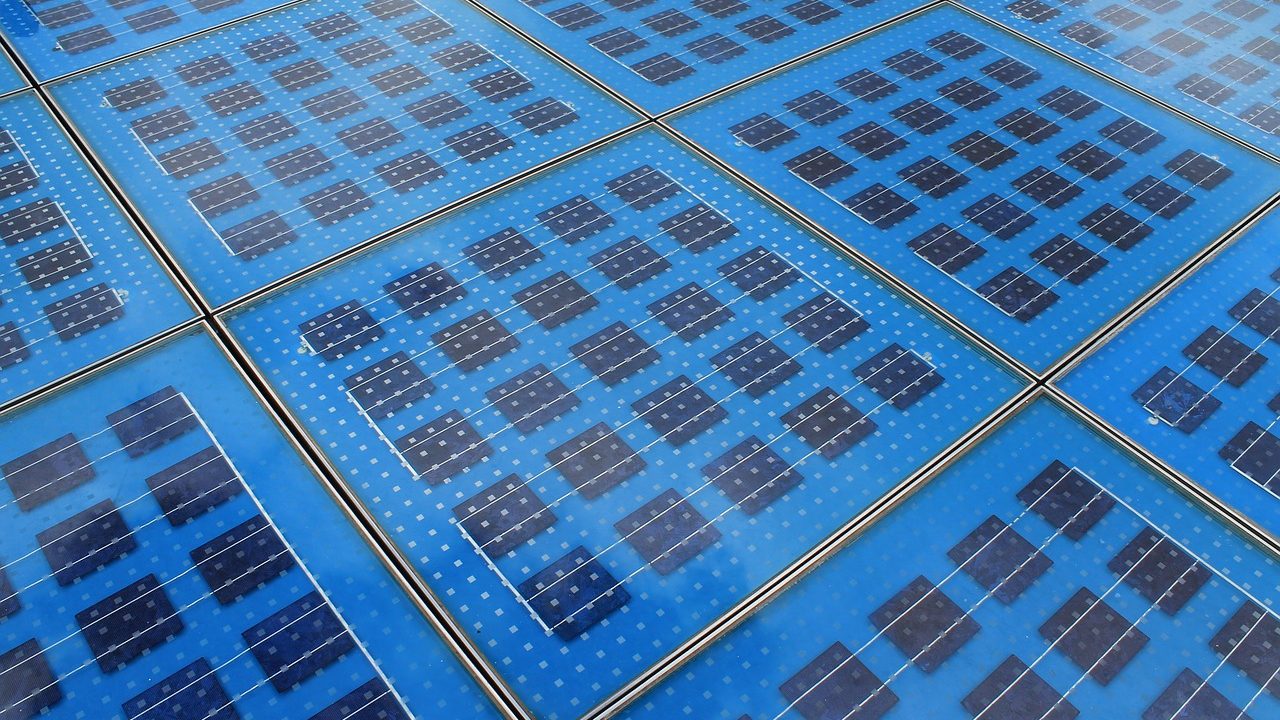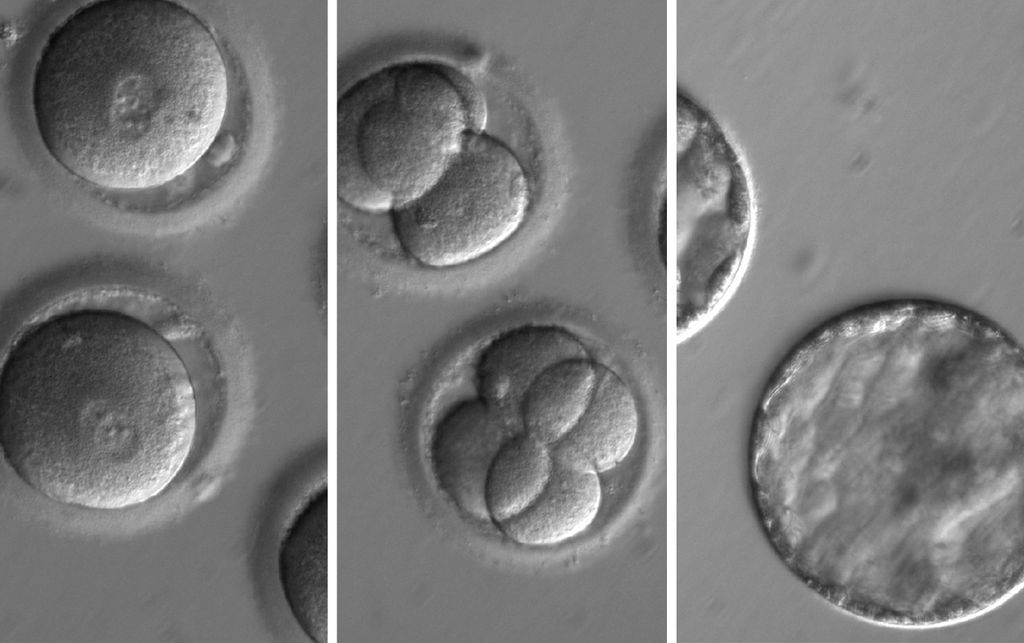
New Technique Can Help Detect Micro Cracks in Solar Panels
- News
- 2.3K
A team of researchers has developed a new technique that promises to help detect micro cracks in solar panels more effectively. It makes use of recent developments in internet-aided monitoring of remote systems and fuzzy logic.

Cracks can develop in a solar panel at different stages, right from the time of manufacturing to their installation and operation. The most critical stage is when they are in use. The panels can get damaged easily as they have to be kept under different climatic conditions. Problems arise mainly when small cracks develop in cells leading to fluctuations in power output. Identifying such cracks is like searching for a needle in a haystack.
Maintenance agencies employ several tools and techniques to identify cracks but there is no foolproof method available. The new technique developed by researchers at the Department of Electronics Engineering at J.C.Bose University of Science and Technology, Faridabad, promises to make the task more efficient.
The performance of solar panels is monitored using current sensors and other tools connected through an internet-assisted network, from a control room. When there is a dip in production, it may be due to cracks in the panels. In such a situation, images of suspected panels are taken with specialized silicon-cooled CCD cameras and these images are enhanced using fuzzy logic to identify cracks.
Micro-cracks in the solar cells can affect the total power output of the solar module as cells with cracks get disconnected from other cells. The reported losses due to crack defects range from 5 to 10 percent during manufacturing. These cracks result in an overall increase in production costs also.
“The key element of the strategy is the use of fuzzy logic. So far no one has used this approach for identifying cracked photovoltaic modules under real-time operational process. We have found that it helps achieve a more efficient identification of the cracks,” explained Rashmi Chawla, lead researcher, while speaking to India Science Wire.
Besides her, the study team included Poonam Singal and Amit Kumar Garg. The research findings have been published by journal 3D Research.
If you liked this article, then please subscribe to our YouTube Channel for the latest Science & Tech news. You can also find us on Twitter & Facebook.


